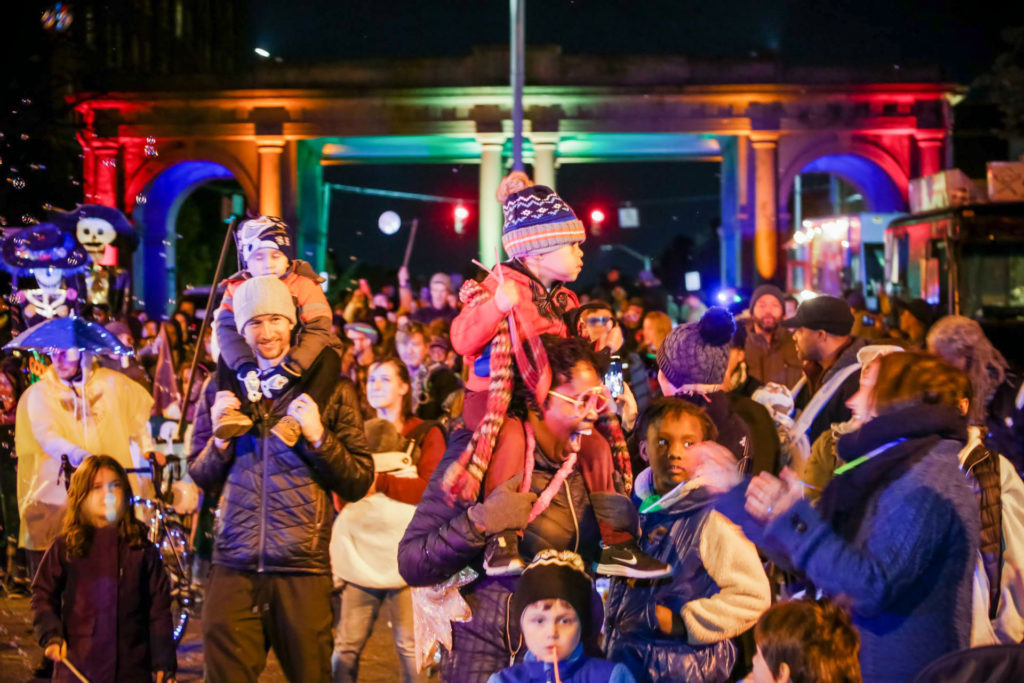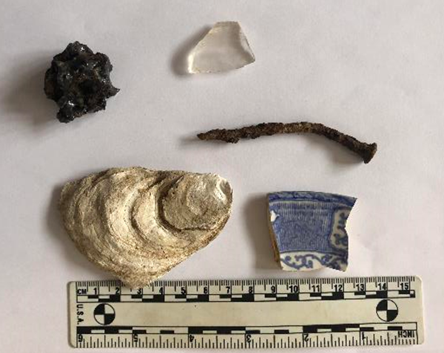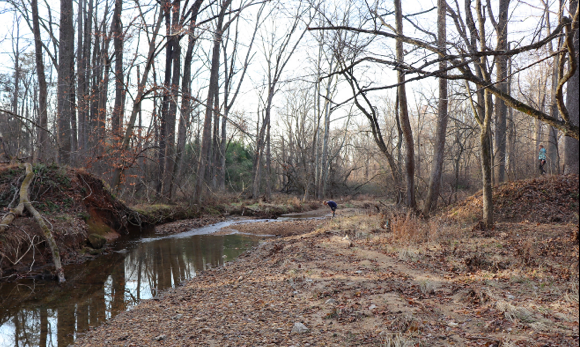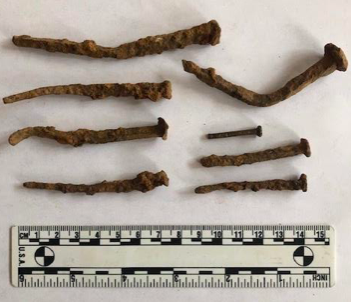We’re in our 6th year of giving away micro-grants to help fund preservation work in the city. If you have a good idea to help preserve a historic building or place in Baltimore or help revitalize a historic neighborhood, we’d love to hear from you! The process is easy: simply fill out the online application and hit send by Wednesday, September 22, 2021.
We’ll pick the five most promising ideas and give them a chance for one of two $500 grants, two $250 grants, or one $50 grant. The awards will be made on October 21, 2021 at a virtual pitch party. Over Zoom, supporters of each idea will get three minutes to pitch them and at the end, the crowd will cast virtual ballots to decide which ideas receive the micro grants. Whether funded or not, we will promote all the ideas and projects to help them garner attention and volunteers.
The types of eligible projects are endless, and as long as they relate to Baltimore’s history, heritage, historic buildings or historic neighborhoods we will consider them. Past award winners include: restoring leaking masonry at a historic church, launching an after school arts-based safe space program in a historic neighborhood, supporting archaeological efforts at a historic furnace, and providing supplies for a community trying to provide access to a neighboring park. The sky’s the limit!
The amount of the award ($50, $250, or $500) may not be enough to complete an entire project. That’s OK. The goal is to help spark new and support existing neighborhood-level preservation work. You don’t need to be a nonprofit organization or even a formalized group to be eligible. Individuals and small groups are welcome! Complete rules can be found on the application.
And you can now register for October 21’s Virtual Preservation Pitch Party!









